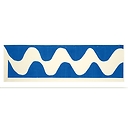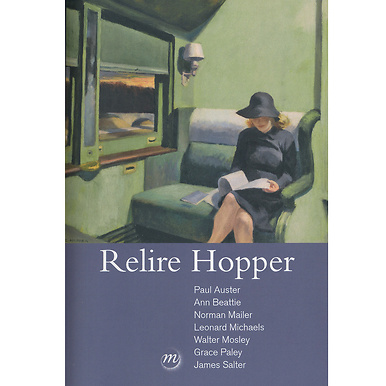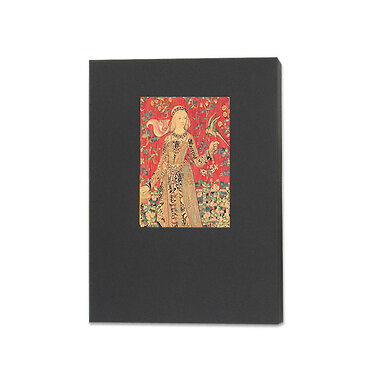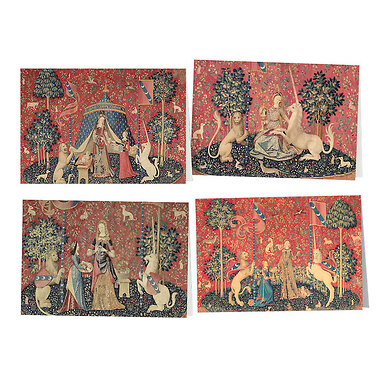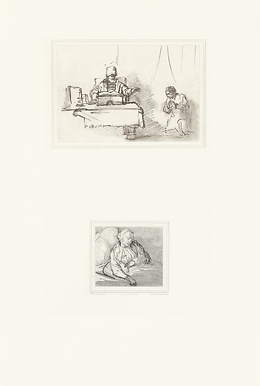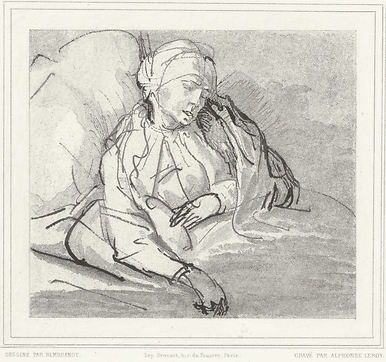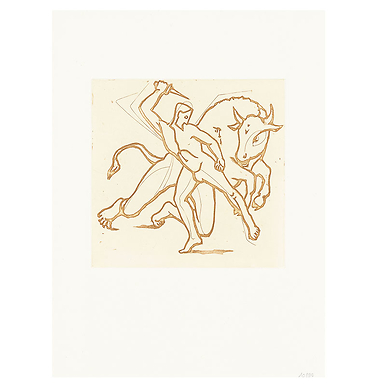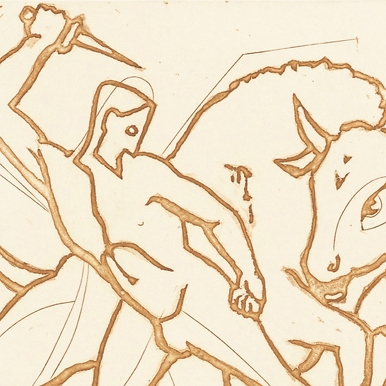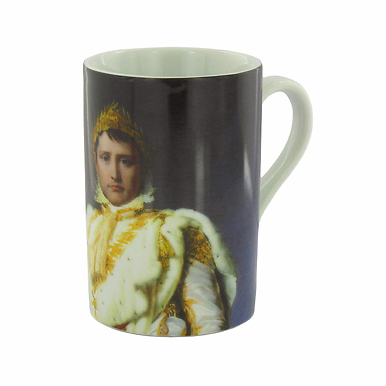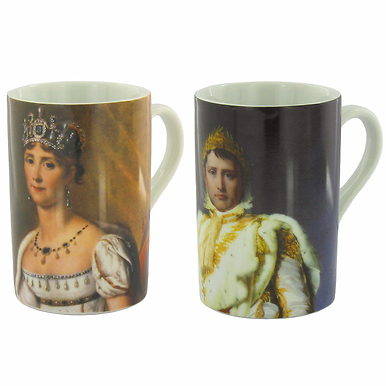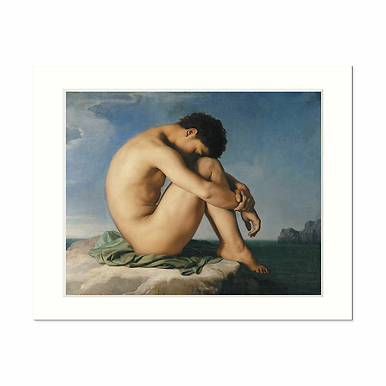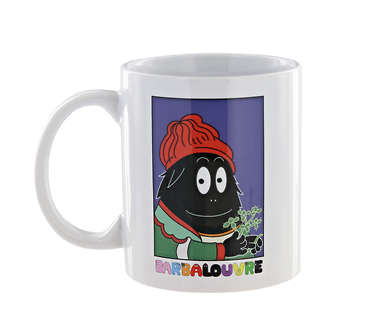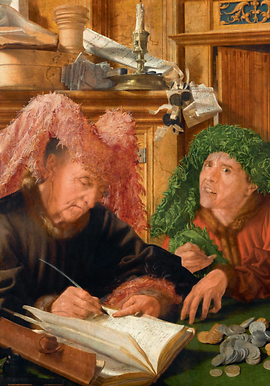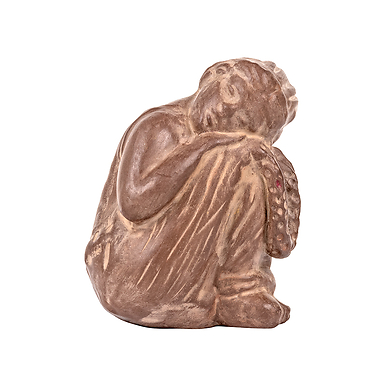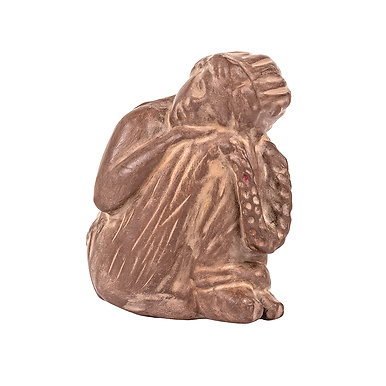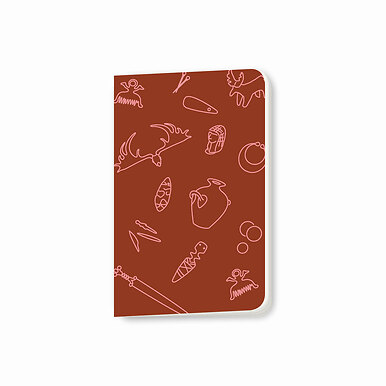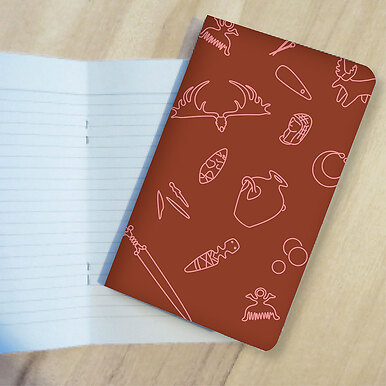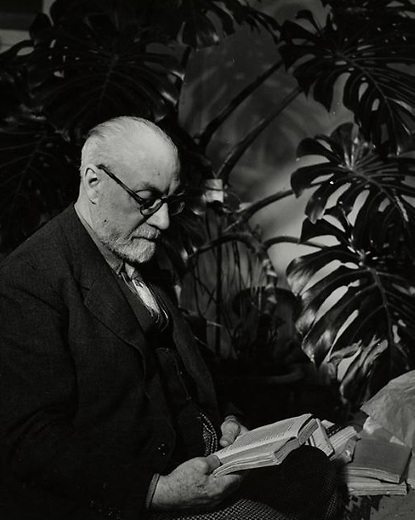Poster Henri Matisse - The wave - 30 x 80 cm
IL500020
Henri Matisse, La Vague, Nice, ca. 1952, cut-out, pasted on paper, mounted on canvas, 51,5 x 160 cm, gift of Henri Matisse's heirs, 1963, Musée Matisse Nice.
© Succession H. Matisse
La Vague created in 1952 with cut-out painted with gouache uses empty and filled spaces to conjure up movement.
Out of...
Read more
Henri Matisse, La Vague, Nice, ca. 1952, cut-out, pasted on paper, mounted on canvas, 51,5 x 160 cm, gift of Henri Matisse's heirs, 1963, Musée Matisse Nice.
© Succession H. Matisse
La Vague created in 1952 with cut-out painted with gouache uses empty and filled spaces to conjure up movement.
Out of a rectangular paper painted with blue gouache, Matisse cuts a sinusoid, in one go, using scissors, - creating two blue pieces that he arranges on an empty white backing. By shifting them, he creates an empty space which, when either widened or narrowed, gives the impression of a ripple reminding us of the movement of the swell of the ocean.
During the 50s, Matisse frequently uses paper cut-out painted with blue gouache - a feature of the works of this period - which, thanks to its contrast with the white paper, allows to simplify and bring out the shapes.
This remarkable work - by the visual impact it induces - gives an impression of movement, creating a relation between its static part, the blue colour, and its more dynamic part, the white colour. Thanks to a single line splitting in two and the expansion of the shapes, a life-like impression emerges from the painting.
Close
Login to see prices
Sold by GrandPalaisRmn


